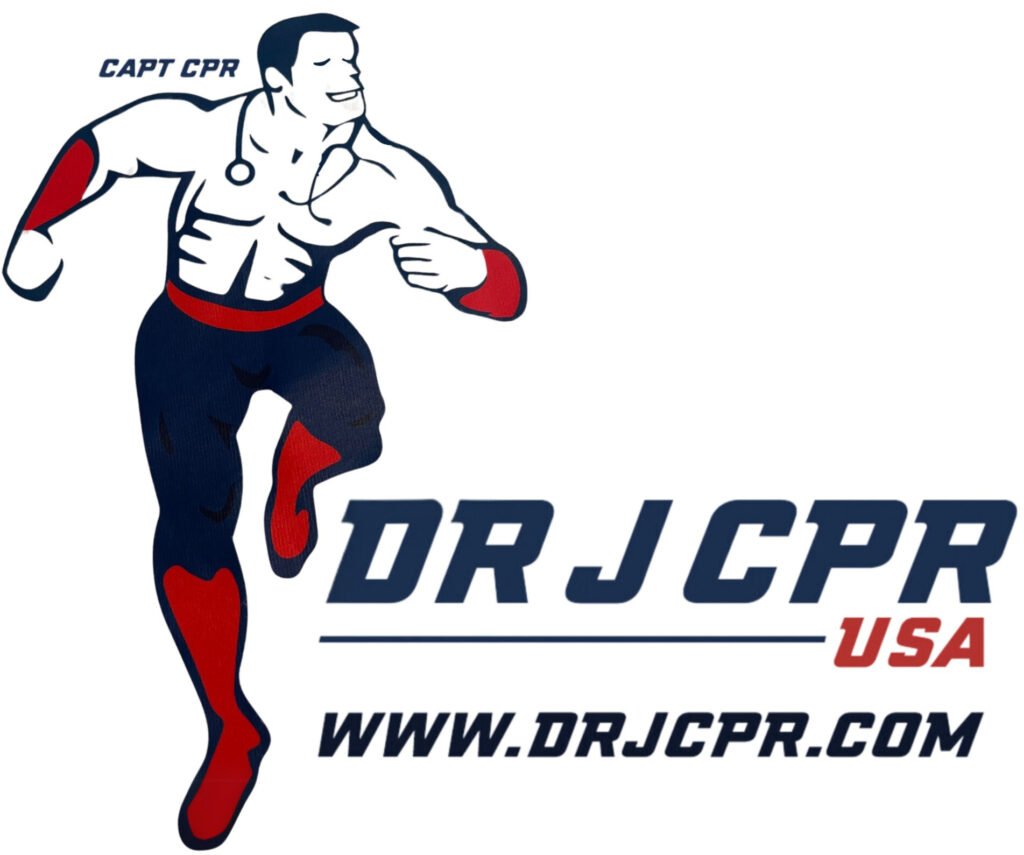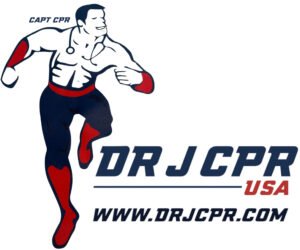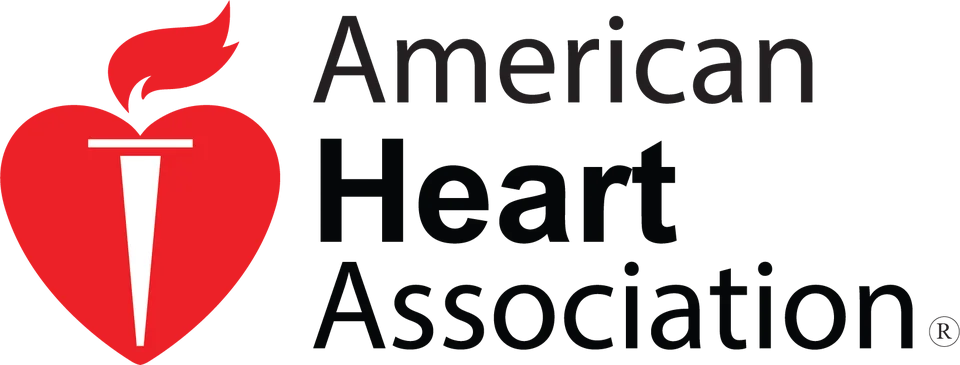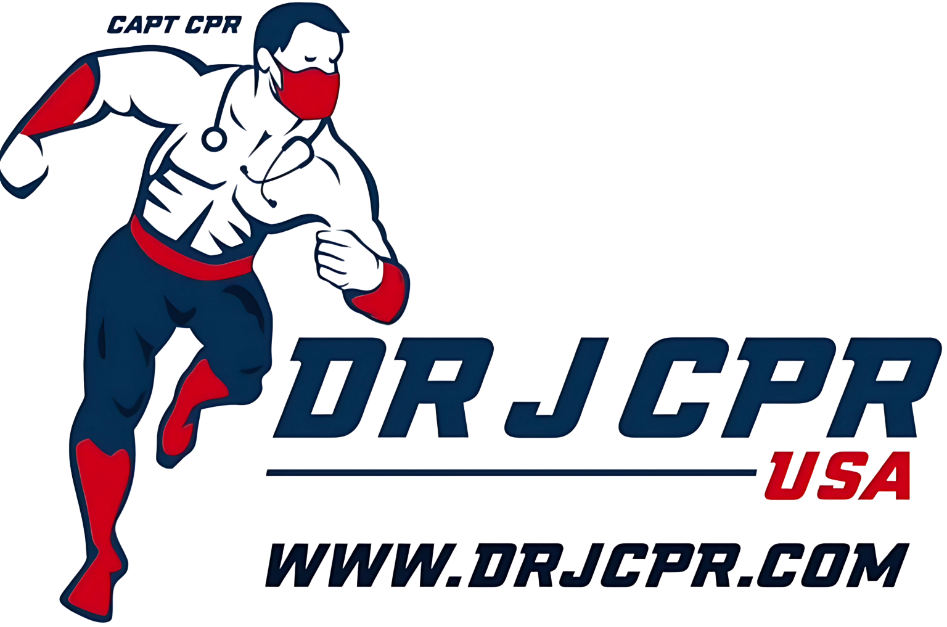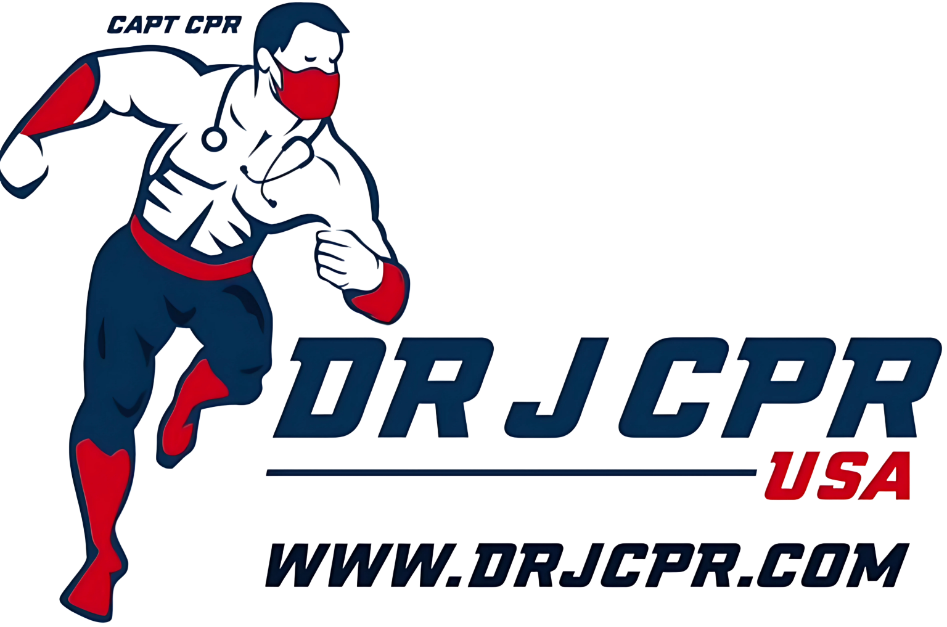Introduction
For healthcare providers, CPR (Cardiopulmonary Resuscitation) is a critical skill that can mean the difference between life and death. However, not all CPR training is the same. Two primary levels of CPR training exist for medical professionals: Basic Life Support (BLS) and Advanced Cardiovascular Life Support (ACLS). While both focus on emergency cardiac care, they differ in complexity, protocols, and the level of intervention required. This article explores the key differences between BLS and ACLS to help healthcare providers understand which certification is right for them.
What is BLS (Basic Life Support)?
BLS is the foundation of emergency care for patients experiencing cardiac arrest, respiratory distress, or an obstructed airway. It is designed for first responders, healthcare providers, and professionals who need basic resuscitation skills.
Key Components of BLS:
- Chest Compressions & Ventilations – Focuses on high-quality CPR with proper compression-to-ventilation ratios (30:2 for single rescuers, 15:2 for two-person rescues in children and infants).
- AED (Automated External Defibrillator) Use – Training on how to operate an AED to restore normal heart rhythms.
- Choking Response – Techniques for relieving airway obstruction in adults, children, and infants.
- Team Dynamics in CPR – Coordination between rescuers for effective life-saving efforts.
Who Needs BLS Certification?
- Nurses & Medical Assistants
- Emergency Responders
- Firefighters
- Lifeguards
- Police Officers
- Dentists & Dental Hygienists
What is ACLS (Advanced Cardiovascular Life Support)?
ACLS builds upon BLS training by introducing advanced interventions for managing life-threatening cardiovascular emergencies, including stroke, cardiac arrest, and acute coronary syndromes.
Key Components of ACLS:
- Advanced Airway Management – Use of endotracheal intubation and bag-mask ventilation.
- Cardiac Monitoring & Rhythm Recognition – Understanding ECG (Electrocardiogram) interpretation to identify lethal arrhythmias.
- Pharmacological Interventions – Administration of medications like epinephrine, amiodarone, and atropine to manage cardiac events.
- Defibrillation & Pacing – Use of manual defibrillators and transcutaneous pacing for heart rhythm management.
- Acute Stroke & Cardiac Arrest Management – Protocols for identifying and treating acute stroke, myocardial infarctions, and post-resuscitation care.
Who Needs ACLS Certification?
- Physicians & Physician Assistants
- Paramedics & Emergency Medical Technicians (EMTs)
- Intensive Care & Emergency Room Nurses
- Anesthesiologists
- Respiratory Therapists
Key Differences Between BLS and ACLS
| Feature | BLS | ACLS |
|---|---|---|
| Level of Training | Basic Resuscitation | Advanced Resuscitation & Cardiac Care |
| Airway Management | Bag-mask ventilation | Endotracheal intubation & advanced airway techniques |
| Rhythm Recognition | No ECG interpretation required | Requires ECG interpretation for arrhythmias |
| Use of Medication | Not included | Includes drug administration for cardiac arrest & arrhythmias |
| Defibrillation | AED use only | Manual defibrillation & synchronized cardioversion |
| Target Audience | First responders, general healthcare providers | Advanced medical professionals in critical care |
Which Certification Should You Choose?
- If you are a first responder or general healthcare worker, BLS is the necessary training for performing life-saving CPR and using an AED.
- If you work in a critical care setting (ER, ICU, or cardiac unit) and need to manage more complex cardiovascular emergencies, ACLS certification is required.
- Many healthcare providers obtain both BLS and ACLS to ensure they are prepared for various emergency situations.
